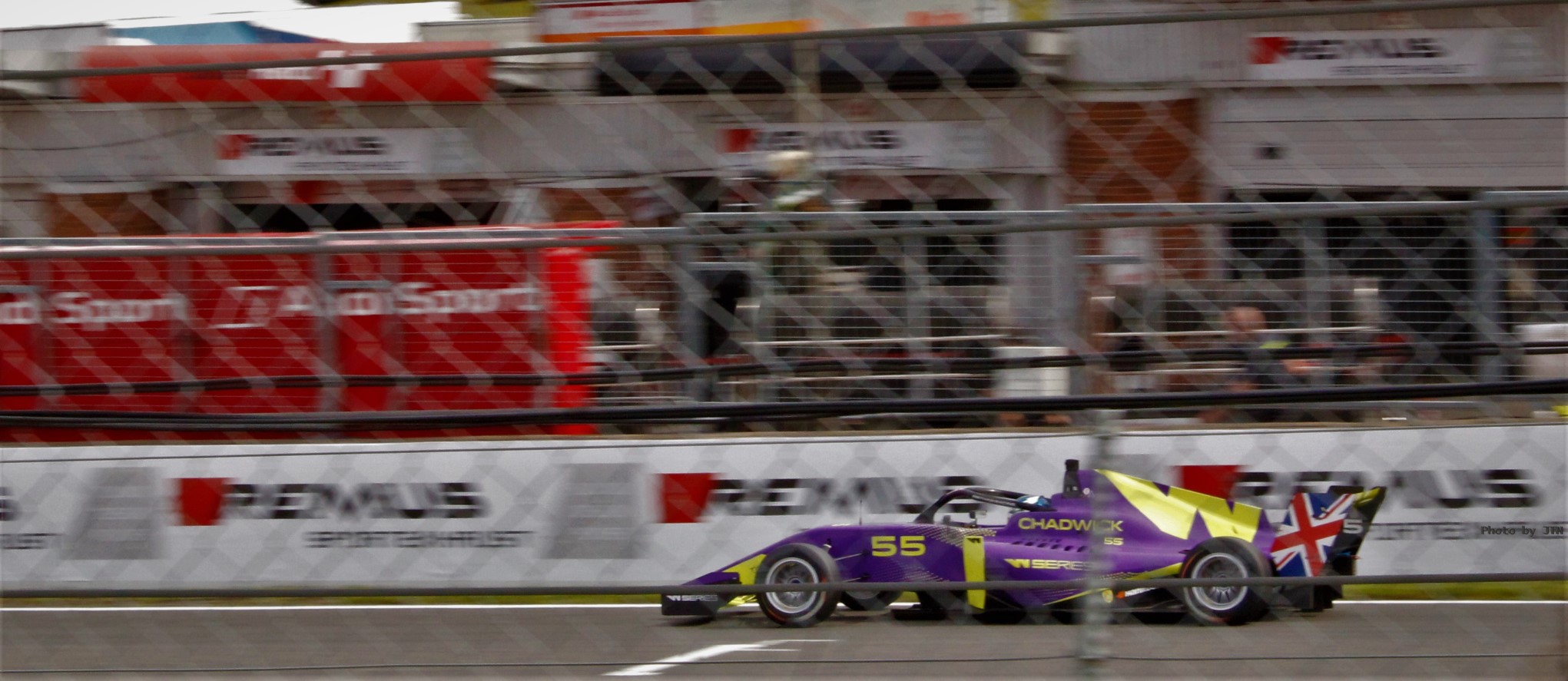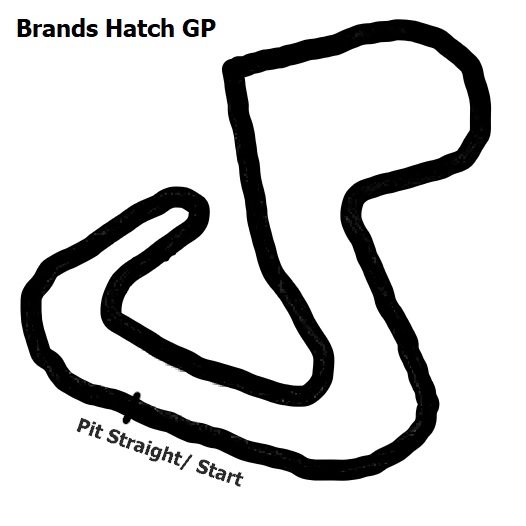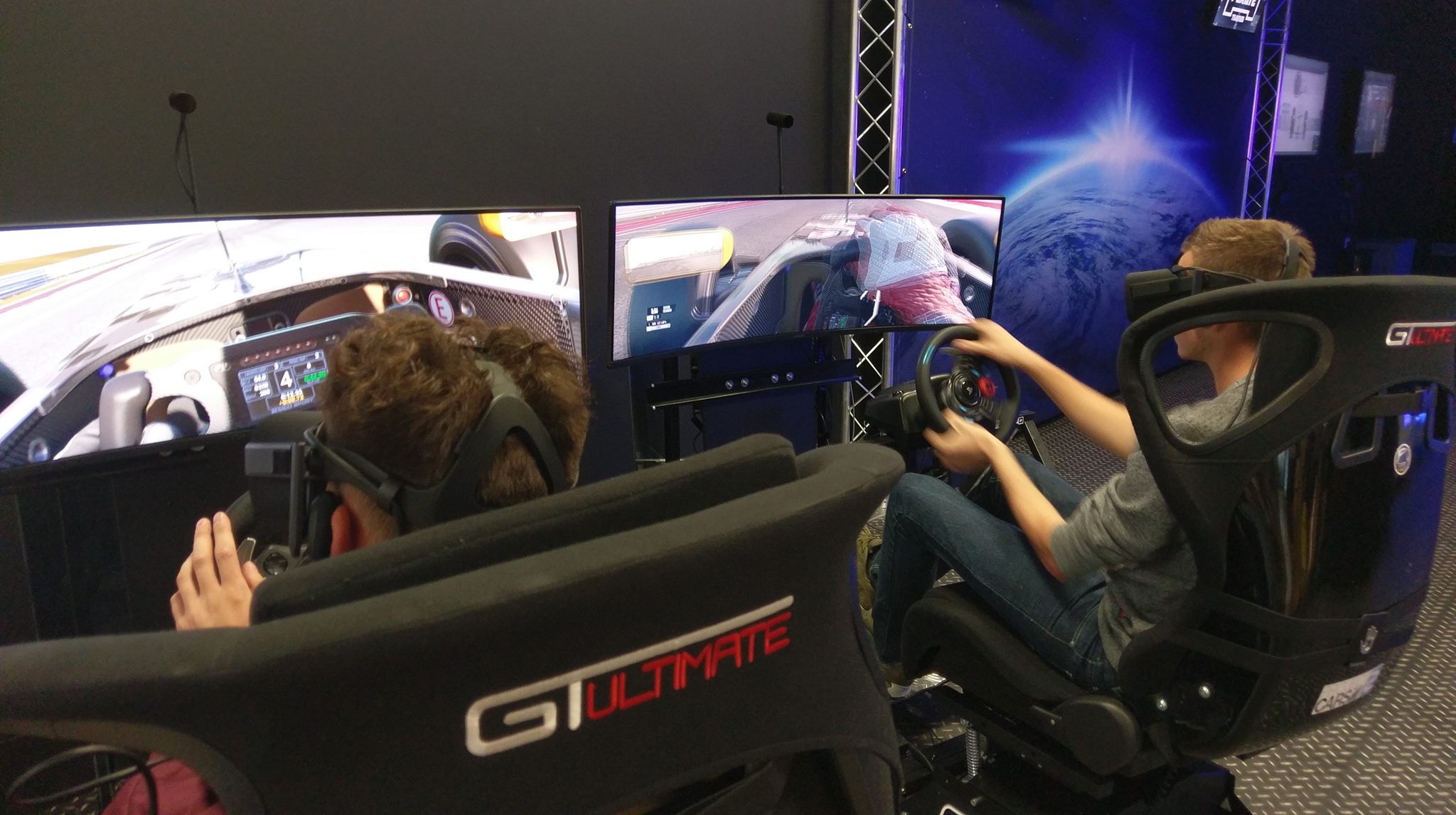VR Sim Racing for Brands Hatch
Competitive spirit or racing fanatic?
Our hot lap competitions are a lot of fun! This blog has some tips to help you get the best out of your session and grab some top times!
One of the original homes of British Motorsport, Brands Hatch has most recently seen the crowning of our first British Champion in the Women only W Series, #RethinkRacing, and is not short on ancient history either.

Foot to the floor, engine screaming from the start line takes you to an un-sighted curving right hander that drops away to catch out the unwary or overly exuberant. Caution is your friend here on your first lap.
The rising straight disappears fast at full beans and you will arrive at a sharp hairpin bend. Break hard before the bridge as gravity helps slow you. Roll the car round and down the hill before hitting the throttle. Move to the right hand side before you flick into a faster left hand corner, a dab of brakes before entry will make sure you are not to greedy with the extra speed from the hill.
The short straight gives you time to spot your turn in for the next left uphill corner, careful braking and a wider initial line will help keep you out of the gravel trap on the right as the corner doubles back on itself.
The long straight lets you hang it all out as you approach a deceptive right hand corner that rewards bravery. A lift before the corner and a dab of power to keep traction should see you right.
The track descends into a wide curve where you should keep as much power on as you feel comfortable. Spot the apex on the way in then on the way out of the dip be ready for the next apex right at the top of the rise which requires an early dab of brakes for control.
A burst of speed into a tight technical left hand corner which rewards two wheels across the apex to give you the best line. Brake early to set yourself up well and accelerate through.
Powering down the straight there is one corner left before the finish line, before the top of the rise lift off the power and wait for the car to be stable on the way down before flooring it for the finish!

Challenge me:
Project Cars 2 Time Trial | #58th| 1:28.718 | Formula C

By Joe Turner McMullan











